
今日は午後から築地散策に出かけました。
築地というと場外市場ですよね。
ゴールデンウィーク真最中、進もうにも進めないすごい人出で、
場外市場の食堂にはどこも長い行列ができていました。
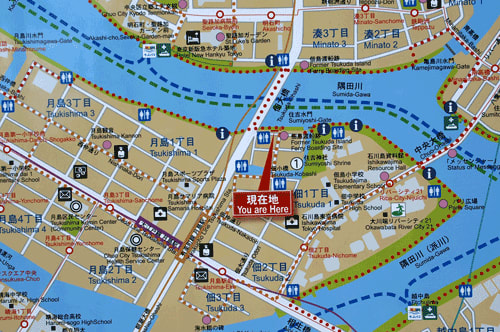
築地場外市場から本願寺、そして
聖路加看護大学まで歩きました。
聖路加のある築地明石町は昔の築地居留地のあったところです。
築地居留地とは
「1868年(明治1)から99年までの期間,外国人居留地のことで
そこだけが外国人の居住・営業を許され,治外法権が認められた特別地域で東京の中の外国であった」
と、Wikipediaに書いてあります。
横浜には横浜居留地があり、こちらは港を背景に外国の貿易商が集まり、多いに発展したのですが、
築地には13のミッションスクールや教会が作られ、どちらかと言うとアカデミックな独特の雰囲気が漂っていました。
13の学校の中には
立教大学、明治学院大学、慶応大学、関東学院大学、工学院大学、女子学院、暁星学園などがありました。
下の図は築地居留地の中の学校の位置を示した図です。100年以上前のものです。

さて、
1859年(安政元年)、医者であり、キリスト教の宣教師であったヘップバーンが来日しました。
実はヘップバーンは日本に来る前には中国での宣教を目指していました。
一度は中国アモイに入ったものの、大流行していたマラリアを患い、帰国を余儀なくされました。
その後、ニューヨークで病院を開業し、コレラの治療などで成果をあげ、
彼の病院は有名になりました。
病院経営はその後も順調でしたが、ある時、ヘップバーンは日本でのキリスト教の宣教に使命を得ます。
人生の分岐点です。
彼はすべてを投げ打ち、ひとり息子も知人に託して妻のクララとともに日本にやって来たのです。
(ものすごい決断ですよね!)
宣教に燃えていたヘップバーンは
来日後はすぐに、横浜の寺で医療活動と教育活動を始め、
横浜居留地(外国人は居留地に住まなければなりませんでした)に小さな学校(塾)を開きました。
のちにこの塾は明治学院大学、フェリス女子大学へと発展していきます。
このヘップバーンというのはヘボン式ローマ字で有名なヘボン博士のことで、そして小さな学校は
ヘボン塾のことです。
博士は日本と日本人を愛し、日本語を熱心に勉強しました。
そして、英和辞典の編纂や聖書の和訳にも尽力しましたが、
当時、言葉を翻訳するということは困難で手間のかかる作業でした。
また、多くの優秀な日本人学生を育てました。
ヘボンの弟子には高橋是清や島崎藤村がいます。

ヘボン博士にとって日本での時間はあっという間に流れていったのではないでしょうか。
「余等夫婦の残年僅少(わず)かなるべしといへども永く日本を忘るること無かるべし。」
と日本を離れる時に、ことばを残しています。
ヘボン博士はこのとき77歳になっていました。
彼は母国を離れ、33年間も日本に滞在し、日本のために貢献したのです。
「Do for others」
これがヘボン夫妻の生涯を貫く信念だったと言われています。

今は、ヘボン博士の作った明治学院大学は芝白金にありますが、もとをただせば築地明石町が
発祥の地です。
今日はいいお天気に恵まれ、ほんとうにいいお散歩をしました。
万歩計は1万歩を超えました。
Hepburn is Editor of a Japanese-English dictionary,also he established The Hepburn System of Roma-ji and
translated The Bible into Japanese.
Hepburn is known by most people as"the creator of roma-ji ". This, however ,is only one of his many legacies
in Japan. Hepburn 's role in the modernization of Japan spanned various fields.
He was a physician ,a missionary, the editor of a Japanese-English Dictionary. a Bible translation committee member ,
and educator and the creator of The Hepburn system of Romaji spelling.
James Curtis Hepburn is widely known in Japan as "Hebon". Born in Milton Pennsylvania on March 13 ,1815.
His father was a lawyer with strong religious faith, and his mother , a teacher' s daughter.
He was admitted to the junior class at Princeton University at the age of 16, and graduated the following year.
He then entered the University of Pennsylvania Medical School,graduating with a doctorate in
medicine at the age of 21.
His faith led him to missionary work overseas. While he was in private practice, Hepburn met a teacher .
She shared his belief that hi was " destined to go to a country where they don't know
God and there are no doctors." They were wed in 1840..
When they heard in 1858 that Japan was opening,the Hepburns immediately decided to go to Japan as missionaries.
They arrived in 1859 and first lived in the Johbutsu Temple in Kanagawa .
(now Kanagawa ward in Yokohama.)
When the Hepburns first arrived in Japan ,there were many royalist and anti-foreigner incidents.
As Christian proselytizing was prohibited , they busied themselves studying Japanese.
They treated sick people and made house calls when requested. Hepburn immersed himself
in writing a Japanese-English dictionary.
In 1862,Hepburn moved into a new built home and charity hospital in Yokohama.
It was here that his medical service grew in earnest. Mrs. Hepburn opened a private English school.
This school become known as the Hepburn School"
In 1867 , after 8 years work, the first Japanese- English dictionary in Japan was published.
The dictionary gave English definitions for 20700 Japanese words and had 10000words in the English-Japanese index.
Hepburn' s next consuming project was the translation and publication of the Bible.
Determined to avoid a one-person translation , Hepburn urged, along with Samuel Robbins Brown,
that missionary from various denominations from joint translation committee.
The translation of the New Testament was completed in 1879 after 5 years and 7 months.
Hepburn also left a tremendous legacy in education. The Hepburn School developed into a boy's school,
which moved to a new facility in TSUKIJI, TOKYO, in 1880. The school was briefly renamed Tsukiji Colleg,
then Tokyo Icchi Divinity School. When the school moved to Shiba Shirogane in 1887
it become Meiji Gakuin University with Hepburn as its first president.
Hepburn returned to the United States after 33 years ,having accomplished his mission
and leaving behind him a vast legacy in Japan.










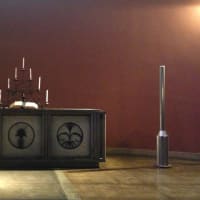
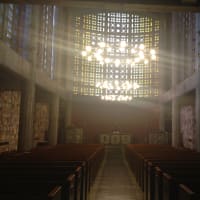
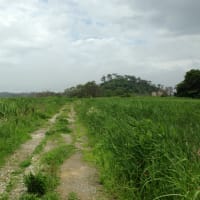
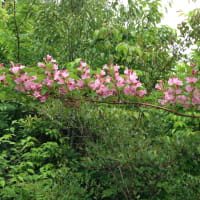

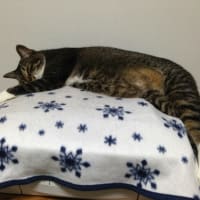

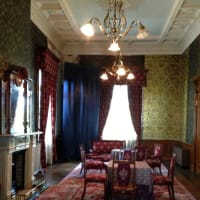

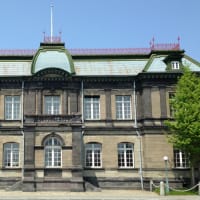
先ほどは、コメントありがとうございました。
東京は、いつでも一番行きたい所です。でも、一番行ってはいけない所でもあります。
行くと、息子二人が住んでいるので、ついついおせっかいしたくなるのでね。
ヨッシーさんのブログを読んでいると、行った気分になりました。